Advertisement
The short answer from a rheumatologist and an Ob/Gyn
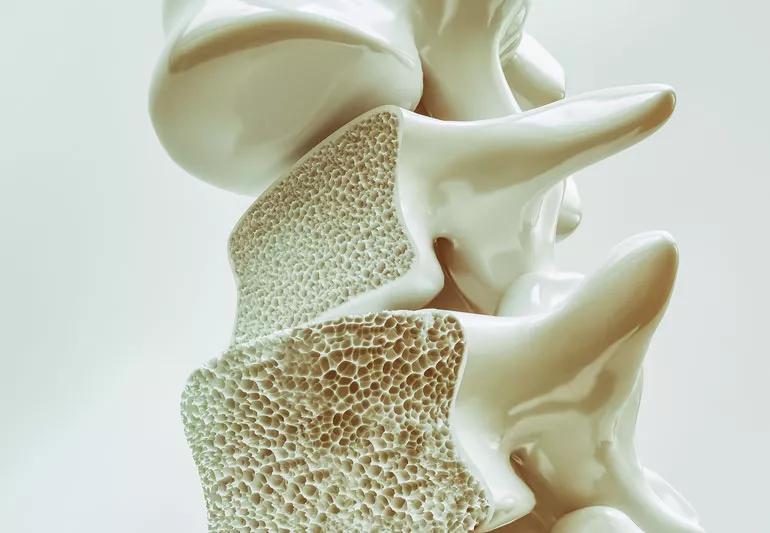
A: Osteoporosis is a disease that causes fractures, but you can actually have it for a long time and not even know it. That’s why we’ve called it the “silent thief.” People generally don’t have any symptoms until a fracture occurs.
Advertisement
Cleveland Clinic is a non-profit academic medical center. Advertising on our site helps support our mission. We do not endorse non-Cleveland Clinic products or services. Policy
So, think of a skyscraper as it goes up with all these girders. As time goes on your bone is deteriorating and you’re missing a few of those girders, which creates weakness. The weakness gradually accumulates until you have a fracture.
It’s really important for both men and women to get a test for osteoporosis before it becomes a fracture. In most cases, we can prevent the fracture with treatment if we know that the patient has osteoporosis or osteopenia, which is when your bone density is less than normal but not yet at the level of osteoporosis.
Every woman at age 65 should have a bone density test. But if you have clinical risk factors for bone loss – so that would be low body weight, smoking, family history or a previous fracture — it really should be at menopause. Many women enter menopause with low bone mass already, and there’s a subset of women that can lose up to 5 percent of their bone mass every year for six years.
For men, the guideline is age 70, unless there are additional risk factors, in which case we do it at age 50.
It’s a really easy test that takes about 5 or 10 minutes. You lie on a table and there’s a beam that sends an X-ray through your skeleton – the hip and the spine – and the amount of X-ray that gets through the bone and is detected on the other side is proportional to the amount of calcium in the bone. But this is a very low radiation procedure – it’s about one-tenth the amount of a chest X-ray.
It’s helpful to make sure that you get your bone density taken on the same machine so that, in two years when you’re following up, you can actually compare changes. Otherwise, it’s like getting on a scale and trying to determine one or two pound differences on different scales.
We read thousands of scans per year, so at our institution we take great pride in making sure that we’re all certified, and that we’re following the international society guidelines. You want to make sure that you’re getting it from a professional place, and following up on the results there.
— Rheumatologist Chad Deal, MD, and Ob/Gyn Pelin Batur, MD
Advertisement
Learn more about our editorial process.
Advertisement
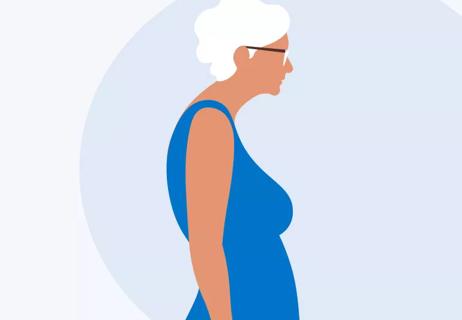
The hump at the base of your neck may be caused by osteoporosis or poor posture
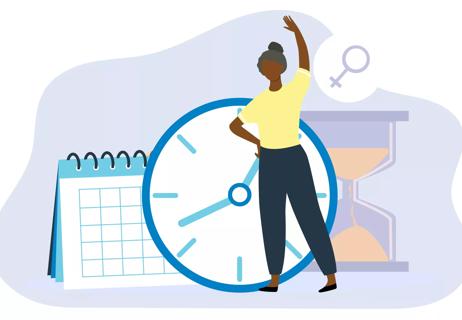
Protecting your bones is one of the keys to healthy aging
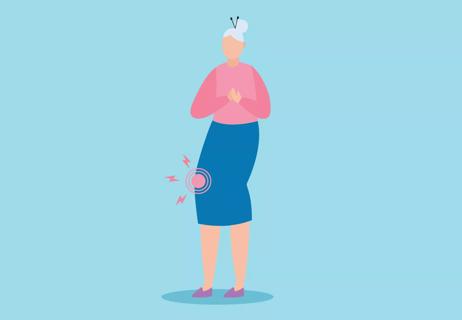
A look at bone buildup and loss throughout your life
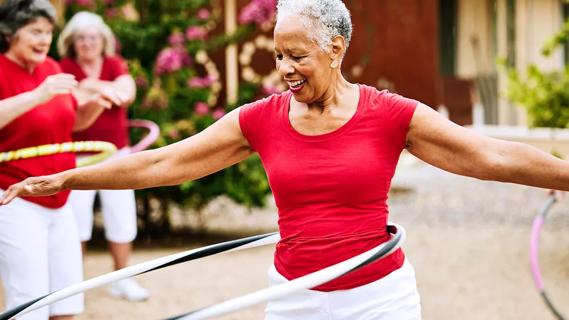
It's never too early to prevent bone loss with diet, physical activity
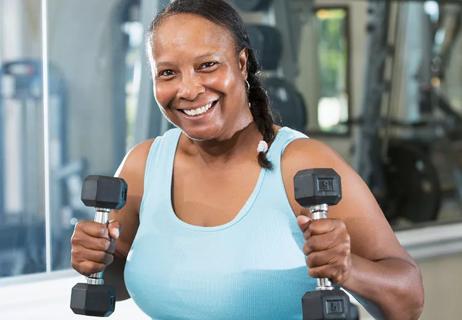
The right exercises can protect you from future fractures
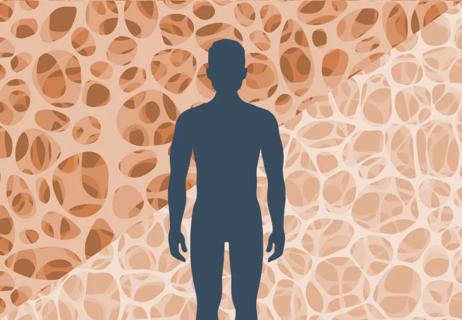
Diseases, other factors can increase men's risk
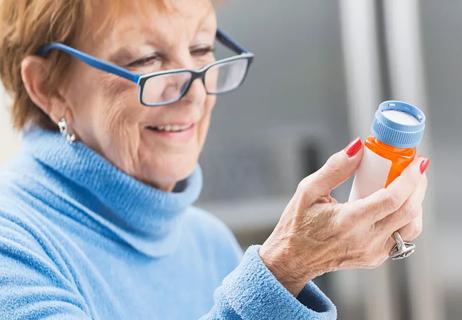
Putting risks into perspective

Footwear that offers cushioning plus heel and arch support can help you relieve and manage symptoms

Focus on your body’s metabolic set point by eating healthy foods, making exercise a part of your routine and reducing stress
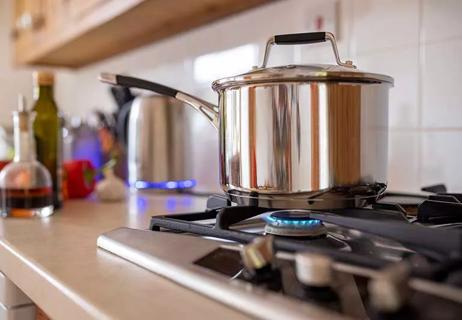
PFAS chemicals may make life easier — but they aren’t always so easy on the human body

While there’s little risk in trying this hair care treatment, there isn’t much science to back up the claims